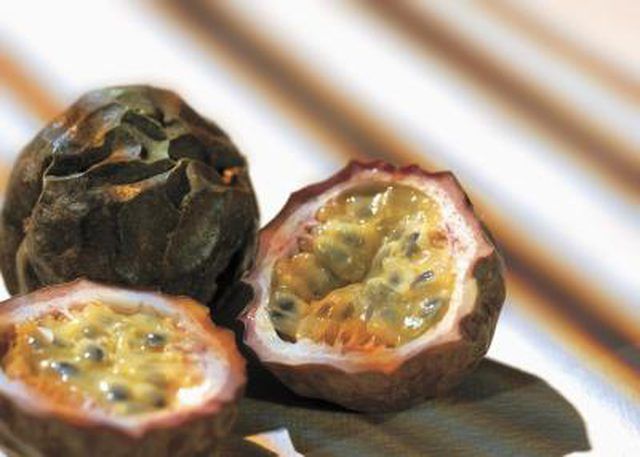Bulbs
Flower Basics
Flower Beds & Specialty Gardens
Flower Garden
Garden Furniture
Garden Gnomes
Garden Seeds
Garden Sheds
Garden Statues
Garden Tools & Supplies
Gardening Basics
Green & Organic
Groundcovers & Vines
Growing Annuals
Growing Basil
Growing Beans
Growing Berries
Growing Blueberries
Growing Cactus
Growing Corn
Growing Cotton
Growing Edibles
Growing Flowers
Growing Garlic
Growing Grapes
Growing Grass
Growing Herbs
Growing Jasmine
Growing Mint
Growing Mushrooms
Orchids
Growing Peanuts
Growing Perennials
Growing Plants
Growing Rosemary
Growing Roses
Growing Strawberries
Growing Sunflowers
Growing Thyme
Growing Tomatoes
Growing Tulips
Growing Vegetables
Herb Basics
Herb Garden
Indoor Growing
Landscaping Basics
Landscaping Patios
Landscaping Plants
Landscaping Shrubs
Landscaping Trees
Landscaping Walks & Pathways
Lawn Basics
Lawn Maintenance
Lawn Mowers
Lawn Ornaments
Lawn Planting
Lawn Tools
Outdoor Growing
Overall Landscape Planning
Pests, Weeds & Problems
Plant Basics
Rock Garden
Rose Garden
Shrubs
Soil
Specialty Gardens
Trees
Vegetable Garden
Yard Maintenance
How to Grow Delicious Passionfruit
How to Grow Delicious Passionfruit. In a full-sun site with well-drained soil, passionfruit (Passiflora edulis) produces heavy crops of tart, delicious fruit. Hardy in U.S. Department of Agriculture plant hardiness zones 9B through 11, passionfruit vines grow 20 to 30 feet long, according to the size of the plant's support. Its unusual, purple and...

In a full-sun site with well-drained soil, passionfruit (Passiflora edulis) produces heavy crops of tart, delicious fruit. Hardy in U.S. Department of Agriculture plant hardiness zones 9B through 11, passionfruit vines grow 20 to 30 feet long, according to the size of the plant's support. Its unusual, purple and white, fringed flowers appear in summer, followed by egg-shaped, 1- to 3-inch fruits filled with seeds and pulp, which ripen in seven to eight weeks. Passionfruit is invasive in warm, frost-free areas, but pruning in early spring provides control.
Things You'll Need
Garden twine
18-18-21 fertilizer
Flashlight
Ready-to-use insecticidal soap spray
Grow passionfruit in a full-sun site in sand, clay or loam soil. Space plants 3 to 5 feet apart and 1 foot from a support, such as a trellis, arbor or fence. Grow passionfruit on a mound if the site drains poorly.
Spread passionfruit stems over the support as the vines climb and tie them in place with twine so they receive direct sunlight.
Water passionfruit when the soil surface is dry but don't overwater so that the ground becomes sodden. Reduce watering in winter when the vine is dormant.
Feed passionfruit every month when it's actively growing with an 18-18-21 fertilizer diluted at a rate of 1 tablespoon per gallon of water or according to the manufacturer's instructions.
Examine passionfruit leaves weekly for signs of eaten leaves or fine webbing and small yellow spots the size of pinpricks on leaves. Snails eat passionfruit leaves, and webbing and small leaf spots are symptoms of a red spider mite infestation. Shine a flashlight on the plants after dark or in the early morning to find and remove snails, and spray plants suffering from red spider mites with a ready-to-use insecticidal soap spray. Spray all leaves including the undersides and stems on an overcast day and spray again weekly as needed.
Harvest passionfruit when the fruits drop naturally. Visit the site daily and pick up all fallen fruits.
Tips & Warnings
Passionfruit grows best when the temperature is between 68 and 82 degrees Fahrenheit.
Prune passionfruit to prevent its invasive spread, removing dead wood, tangled growth and excessive growth in early spring. Wipe pruning shear blades with rubbing alcohol before and after use to prevent the spread of pests and diseases.
Passionfruit leaves sometimes turn yellow due to alkaline soil or cold temperatures. To correct this, spray passionfruit leaves with a chelated liquid iron product containing 5 percent liquid iron, 3.5 percent chelated iron and 3.4 percent sulfur, diluted at a rate of 1 tablespoon per gallon of water or according to the manufacturer's instructions.
Passionfruit vines planted in poorly drained soil are susceptible to root diseases.